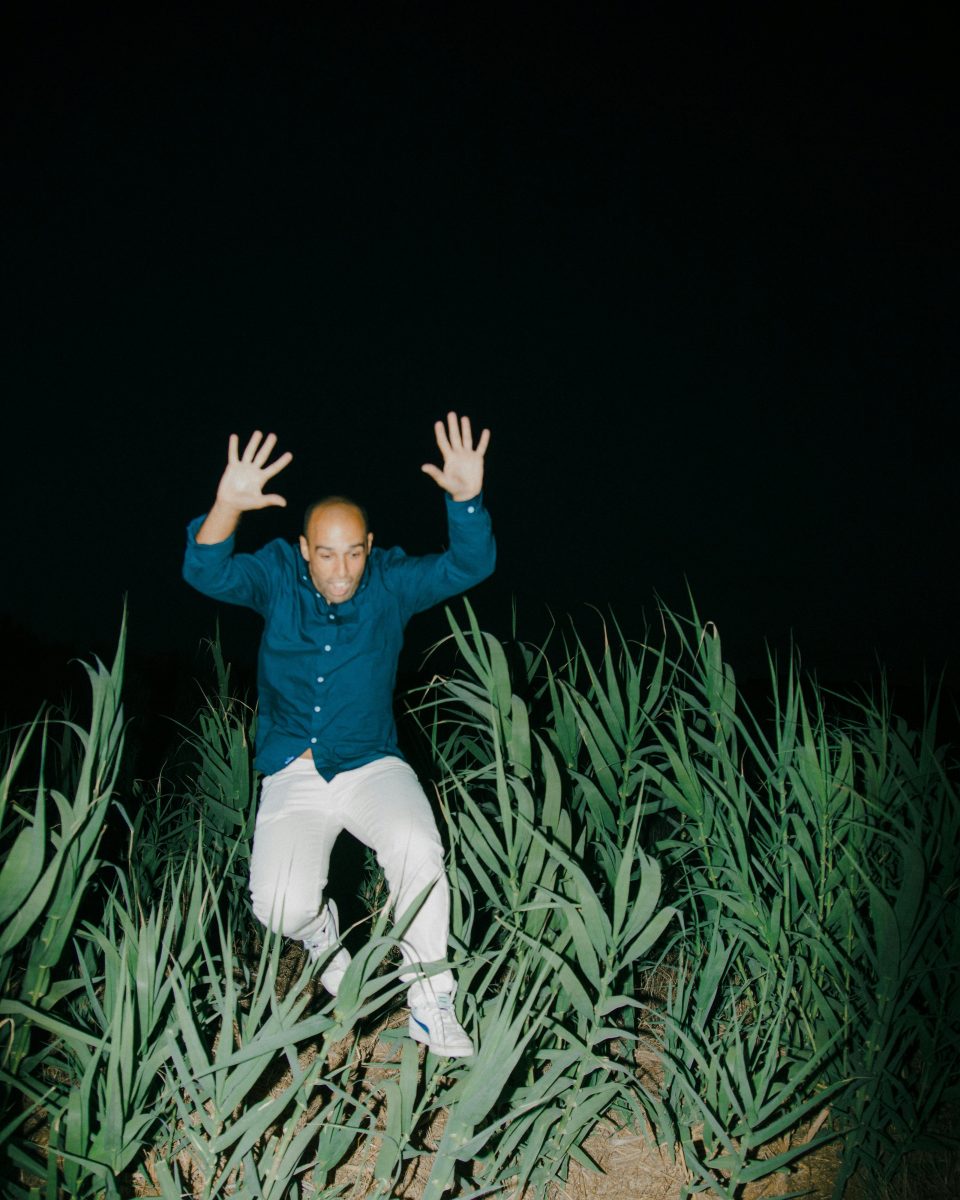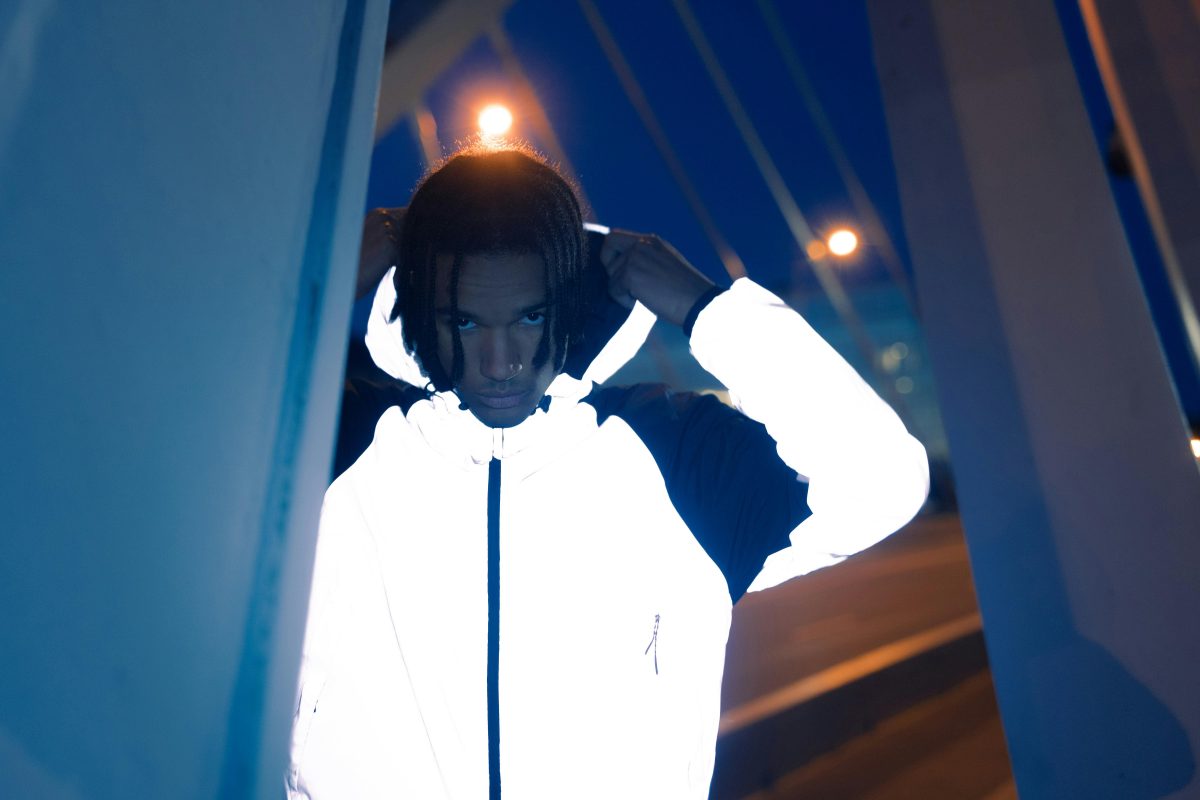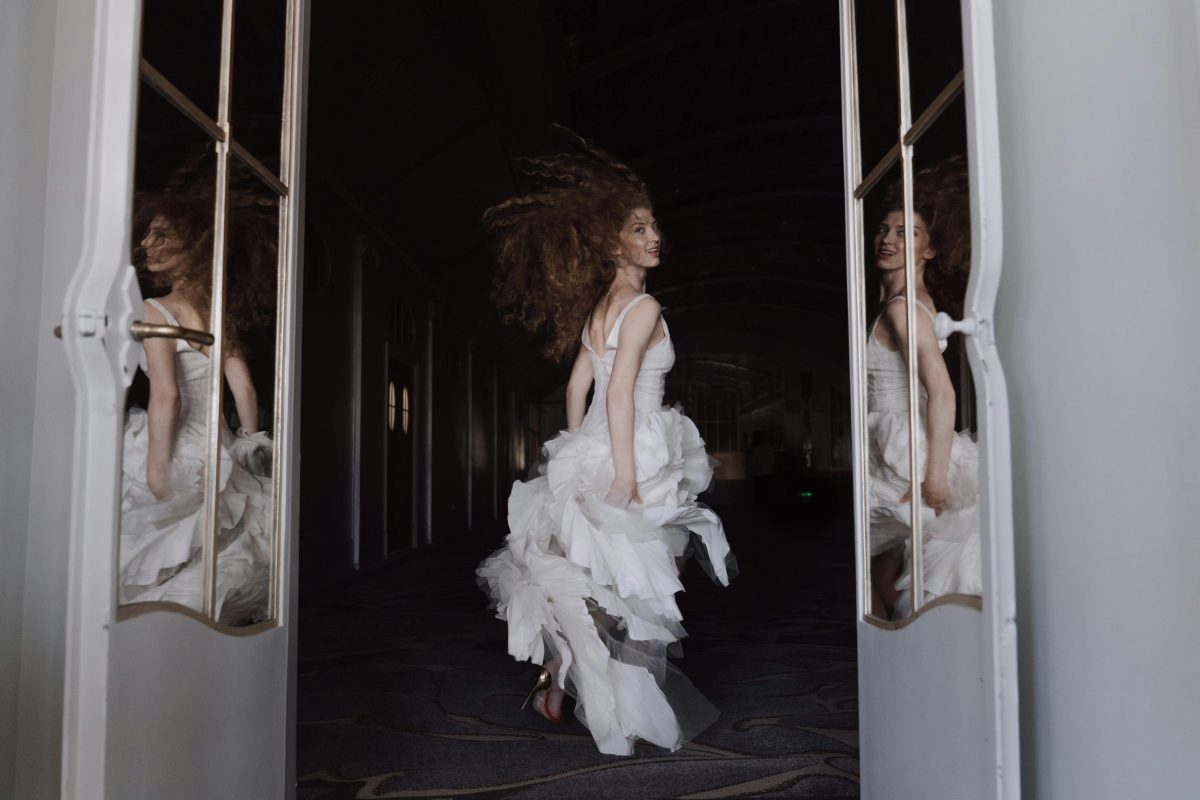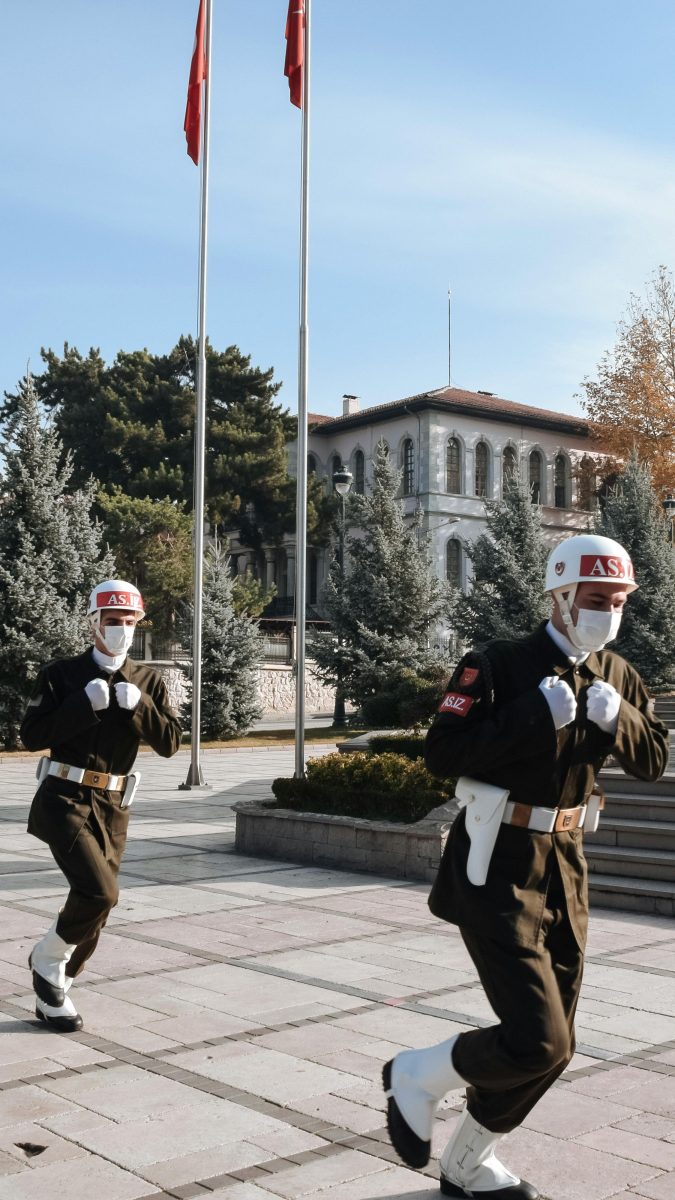Last Updated on: 14th July 2024, 10:56 am
Introduction to Nighttime Running Safety

Running under the starlit sky can be exhilarating, yet it brings its own set of challenges, paramount among them being visibility. The cloak of darkness significantly reduces a runner’s visibility, making it crucial to stand out for safety. Reflective gear becomes not just an accessory but a necessity, transforming a potentially hazardous activity into a safer endeavor.
- Low visibility at night increases the risk of accidents. Runners become vulnerable to a range of dangers, from tripping over unseen obstacles to being less visible to motorists. The consequences can range from minor injuries to life-threatening situations. It’s a stark reality that underscores the importance of being seen.
- Reflective gear, the unsung hero of nighttime running. This innovative attire works by bouncing back light to its source, making runners visible even from a distance. The benefits are immense, offering not just enhanced safety but also peace of mind for the runner. Reflective gear comes in various forms, including vests, wristbands, and shoes, each designed to ensure that runners can be seen from every angle.
Understanding Reflective Gear

At its core, reflective gear is designed to enhance visibility in low-light conditions. It operates on a simple yet effective principle: reflecting light back to its source. This means that when a vehicle’s headlights, for instance, hit a piece of reflective gear, the light bounces back, making the wearer visible even from a significant distance. This technology is a game-changer for nighttime runners, ensuring they are seen by motorists and cyclists alike.
- Vests are popular for their coverage and visibility, while reflective shoes add an extra layer of safety with every step.
- Headbands, wristbands, and even gloves are available, each incorporating reflective materials to catch the light.
- The science behind reflective gear is fascinating. Materials used in these products, such as retroreflective tape, are engineered to reflect light back to its source with minimal scattering. This is achieved through micro glass beads or prismatic elements embedded in the tape, which focus the returning light. As a result, the wearer’s visibility is significantly enhanced, making reflective gear an essential component of nighttime running safety.
The Benefits of Wearing Reflective Gear

- Enhanced visibility to drivers and cyclists means you’re not just another shadow in the night. You’re a moving, breathing person, taking strides under the moon’s watchful eye. This visibility is your shield, a beacon that alerts others to your presence, drastically reducing the risk of accidents.
- Knowing you’re visible brings a profound sense of security. This peace of mind is powerful. It transforms your run from a cautious jog to a confident sprint. Your focus shifts from worrying about being seen to pushing your limits, improving your performance. It’s a psychological boost that complements the physical exertion of running, creating a holistic exercise experience.
- Increased safety isn’t just a perk; it’s a necessity. Reflective gear, with its ability to alert others of your presence, acts as a guardian. It’s an essential tool in your running arsenal, one that supports your journey towards better health and enhanced performance.
Choosing the Right Reflective Gear

When night falls, the right reflective gear becomes your first line of defense against the unseen. It’s not just about wearing something bright; it’s about choosing gear that meets your specific needs. Comfort, fit, level of reflectivity, and durability are the pillars of a good selection. A snug fit ensures the gear stays in place during vigorous movements, while comfort keeps you focused on your run, not your outfit. Reflectivity is your beacon in the dark, and durability means your gear will stand the test of time and elements.
- Urban runners, navigating the maze of city streets, need gear that stands out in the chaos of lights. High-reflectivity vests or jackets are indispensable, as they catch the light from every angle.
- Rural runners, on the other hand, might opt for reflective shoes and leggings that ensure visibility on less-lit country roads.
- Marathon trainers, pushing the limits of endurance, should look for lightweight, breathable gear that doesn’t compromise on reflectivity. Casual joggers can mix and match pieces like wristbands and headbands for a balanced visibility.
Maintaining your reflective gear is crucial for its longevity and effectiveness. Regular washing, following the manufacturer’s instructions, helps preserve the reflective properties. Avoid harsh chemicals and opt for a gentle cycle or hand wash to keep the gear in prime condition. Storing your gear properly, away from direct sunlight and in a dry place, will ensure it’s ready for your next nocturnal adventure.
Incorporating Reflective Gear into Your Running Routine

Best practices for wearing reflective gear are straightforward yet vital. Start with the premise that more visibility is always better. Opt for gear that covers multiple parts of your body, ensuring you’re seen from all angles. A reflective vest is a great foundation, but don’t stop there. Add wristbands, shoes with reflective details, and even a headband or cap. The goal is to create a 360-degree visibility profile that alerts drivers and cyclists to your presence from any direction.
Layering strategies for different weather conditions are equally important. In warmer months, a lightweight, breathable vest over your usual running attire suffices. As the temperature drops, switch to reflective jackets and leggings. These not only keep you warm but also ensure your visibility isn’t compromised by layers. Remember, the effectiveness of reflective gear is diminished if it’s covered, so always layer underneath.
To test the effectiveness of your reflective gear, employ a simple method. Stand in a dimly lit area and have a friend shine a flashlight or car headlights towards you. The gear should light up brightly, even from a distance. This test mimics the conditions under which drivers would see you, providing a realistic assessment of your gear’s performance. Regular testing, especially after washing your gear, ensures its reflective properties remain intact.
Embracing reflective gear in your running routine is not just about safety; it’s about making a statement. It says you’re serious about your sport and your well-being. With the right gear, layered appropriately for the weather, and tested for effectiveness, you’re not just prepared for nighttime runs. You’re shining a light on the path to a safer, more enjoyable running experience.
Additional Safety Tips for Nighttime Running

While reflective gear is a cornerstone of nighttime visibility, planning your route with safety in mind is equally critical. Here are key points to consider:
- Choose well-lit paths, familiar terrain, and areas with less traffic. This proactive approach minimizes risks, allowing you to enjoy your run without unexpected hazards.
- Running with a buddy or in a group not only makes the experience more enjoyable but also safer. There’s strength in numbers, and a collective presence is more noticeable to drivers, thereby reducing the likelihood of accidents. Plus, having companions means immediate help is at hand should an emergency arise.
- Lights and electronic devices are indispensable allies in the dark. A headlamp or a small flashlight illuminates your path, helping you avoid obstacles. When combined with reflective gear, these tools create a dynamic duo of visibility. Wearable lights that clip onto your clothes or shoes add another layer of safety, ensuring you’re seen from all sides.
Remember, the goal is to be as visible as possible. Reflective gear is your first line of defense, but it’s the combination of planning, companionship, and additional lights that fortifies your safety shield. By integrating these elements into your nighttime running routine, you’re not just a runner; you’re a beacon of safety, inspiring others to take the right steps towards secure nighttime exercise.
In Closing
Reflective gear lights the night for runners. It’s a beacon of safety and confidence. By marrying visibility with innovation, runners can navigate the nocturnal landscape safely, turning potential hazards into mere footnotes on their journey. This gear not only protects but also empowers, encouraging runners to embrace the night with assurance. Let’s illuminate our paths, making every nighttime run a testament to our commitment to safety and passion for the sport.
Reflective Gear for Nighttime Running FAQs
Yes, you can make your own reflective gear by applying reflective tape or fabric to your existing running attire. This DIY approach allows for customization of placement and design to suit individual needs and preferences. However, it’s important to ensure that the materials used are of high reflective quality and are securely attached to the clothing for effective visibility.
Yes, reflective gear can be washed, but it’s important to follow the manufacturer’s instructions to maintain its reflective properties. Most gear can be machine washed in cold water on a gentle cycle and then hung to dry. Avoiding harsh chemicals and high heat will help preserve the reflective materials for longer use.
The color of the reflective gear itself is less important than the quality and placement of the reflective material. Bright colors like neon yellow, green, or orange can enhance visibility during the day, but at night, it’s the reflective accents that matter most. Choosing gear with high-quality reflective materials that cover a good portion of the body will provide the best visibility in low-light conditions.
Reflective gear works by using materials that have tiny glass beads or micro prisms that reflect light back to its source. When a light source, like a car’s headlights, hits the reflective material, it bounces back towards the source, making the wearer appear to glow in the dark. This technology is crucial for activities during low visibility times, enhancing safety by alerting drivers and others to a person’s presence.
It’s advisable to wear enough reflective gear to ensure visibility from all angles, ideally incorporating items on both the upper and lower body. Wearing multiple pieces, such as a reflective vest along with arm and leg bands, ensures that drivers can see you from any direction. The goal is to make yourself as visible as possible to enhance safety.
Yes, reflective gear is necessary for running at night to ensure the safety of the runner. It significantly increases visibility to drivers, cyclists, and other pedestrians, reducing the risk of accidents. Wearing reflective items allows runners to be seen from a greater distance, giving others more time to react.
Reflective gear is clothing or accessories designed to reflect light, making the wearer more visible in low-light conditions. This gear typically incorporates materials that bounce back light to its source, such as headlights from a car. It’s essential for safety during nighttime or early morning runs, as it significantly increases the likelihood of being seen by drivers.
Reflective gear is designed to reflect light back to its source, making it ideal for low-light conditions, while high-visibility gear is made from brightly colored materials with the aim of standing out during the day. High-visibility gear often includes reflective elements to enhance nighttime visibility, but the primary difference lies in their optimal use conditions. Reflective gear is specifically beneficial at night or in low-light scenarios, whereas high-visibility gear is best for daytime or well-lit environments.
There are various types of reflective gear available for runners, including vests, jackets, shoes, armbands, and leg bands. Each piece is designed to increase visibility, with some offering 360-degree reflectivity for maximum safety. Depending on the conditions and personal preference, runners can choose the items that best fit their needs and ensure they are seen from all angles.
Reflective gear should be positioned on both the upper and lower parts of the body to ensure maximum visibility. Placing reflective items at joint areas, such as ankles, wrists, and knees, can also enhance visibility because the movement makes the reflections more noticeable to drivers. This strategic placement helps in drawing attention to the runner’s presence from all angles and distances.
Orlando is a all round athlete from Australia, now resident in Germany. His sports of passion of American Football(Offensive line), weight training and indoor rock climbing where he uses his 195cm wing span to his advantage.



